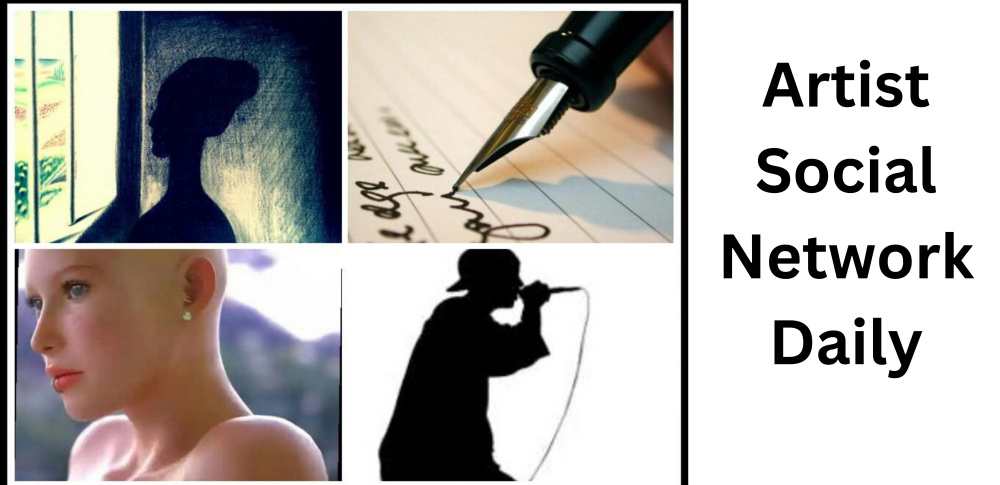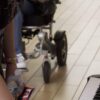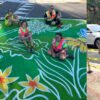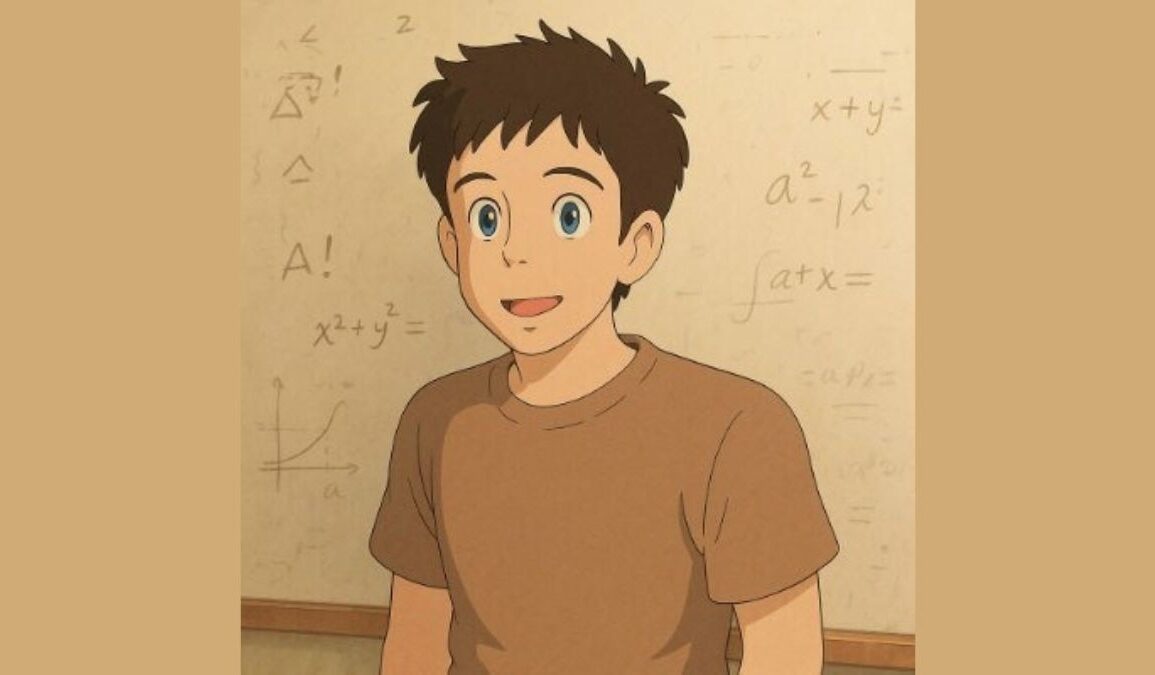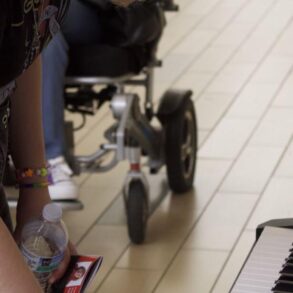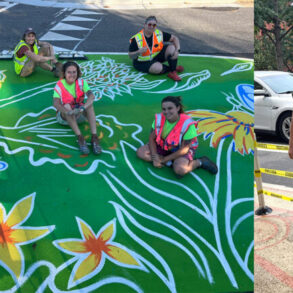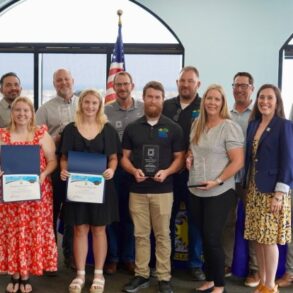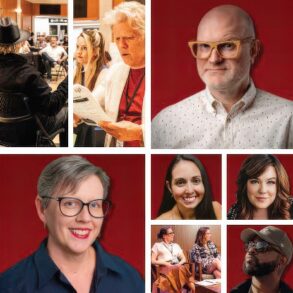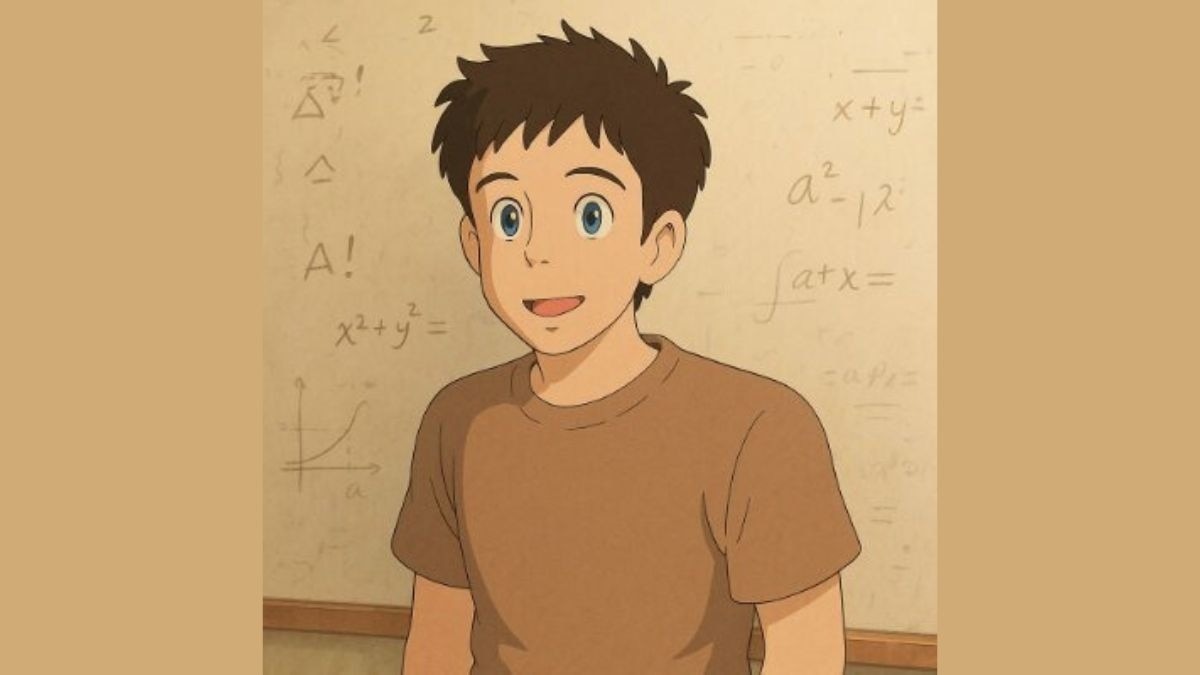
OpenAI has just shattered its own viral records. CEO Sam Altman revealed that ChatGPT added one million users in a single hour, following the rollout of a new image generation feature that has taken over social media, fuelled largely by a wave of Studio Ghibli-inspired AI portraits.
Altman took to X (formerly Twitter) on Wednesday to share the staggering metric. “The ChatGPT launch 26 months ago was one of the craziest viral moments I’d ever seen,” he posted. “We added one million users in five days. We added one million users in the last hour.”
The massive influx comes on the heels of OpenAI’s new native image generation capabilities, which were added to GPT-4o last week. The feature has unlocked the ability to create stylised images prompted by text and user-uploaded photos directly within ChatGPT, without the need for external tools like DALL·E.
Much of the buzz has centred on the platform’s uncanny knack for generating Ghibli-style art. Fans have been feeding it prompts to “Ghiblize” their selfies, pets, family portraits, and even Bollywood scenes, leading to a creative explosion online.
But even virality has its limits, especially when it comes to infrastructure. In a follow-up post, Altman added, “our GPUs are melting,” urging users to go easy on the new feature.
This latest feature seems to have struck a chord not just with AI enthusiasts, but with mainstream users hungry for playful, high-quality art generation. From anime fan edits to marketing campaigns, Ghibli-style images have flooded platforms like X, Instagram, and Reddit in recent days.
OpenAI’s latest surge echoes the early days of ChatGPT’s public debut in 2022, which saw the chatbot hit one million users in just five days. But this time, the spike happened in mere minutes, underscoring how AI’s appeal has widened.
As of now, the company hasn’t released a new total user count, but if the growth continues at this pace, it may soon outstrip even the most optimistic forecasts.
Whether OpenAI’s servers can keep up with user demand remains to be seen. But one thing is clear: AI-generated art is no longer niche, it’s mainstream, and moving faster than ever.
This post was originally published on this site be sure to check out more of their content
